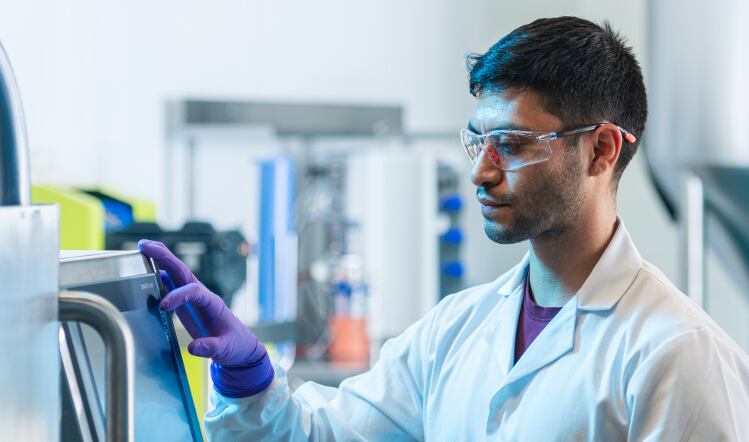The report, ‘The next wave: Alternative-seafood solutions,’ noted that 85% of fisheries are already at or beyond their limits and restrictions on fish farming mean that traditional seafood supplies cannot keep up with demand – set to increase by 14% over the next seven years.
McKinsey’s analysis pinpointed five popular species that could serve as prime candidates for substitution by alternative seafoods – shrimp, tilapia, tunas, salmonids and lobster. In the case of tuna, the difficulty if farming the fish – creating the need for it to be wild-caught – makes it highly attractive for alternative production.
Cultivated, fermentation-based and plant-based products were the three primary production options offered promising alternatives to seafoods due to their similarities, high historic investment and market readiness.
Lowering the carbon footprint
Alternative seafoods also have a lower carbon footprint as they can be produced locally, with the report showing that tuna alone has a carbon footprint at the retail level of 0.8 to 0.9 kilograms of CO₂ per kilogram.
Anders Milde Gjendemsjø, associate Partner at McKinsey, said: “Alternative proteins have previously focused on chicken, pork, and beef yet seafood has a competitive advantage over meat as it often sells at a higher price.
“Premium or super premium cuts of bluefin tuna range from $40 to $200 a pound which is a much easier price for alternatives to hit than $4.99 a pound for ground beef. Alternative seafoods are also greener to produce, can include the benefits of omega-3s without the high mercury levels in fish and aren’t restricted by fishing quotas or farming licenses.”
The report found that plant-based alternative seafoods faced the least regulations and lowest barriers to market entry, having already achieved a price of just $12-20 (£9.87-16.46) per pound in the US. It added that cultivated products grown from fish cells have already attracted $100m (£82m) of investment in the US and were potentially closest to fish in taste, texture and nutrition.
Sustainably scaling the industry
Partner at McKinsey Tom Brennan added: “Our research indicates how alternative seafoods could help sustainably scale the industry and reduce pressure on fisheries while expanding access to proteins.
“Yet they face significant challenges in lowering production costs to levels comparable with fish and mirroring the wide variety of taste and texture. Innovating to improve taste, nutrition and cost is fundamental to achieving wider distribution and reducing pressure on sea and freshwater ecosystems.”
Meanwhile, yeast is making a big splash in the world of plant-based meat analogues, with more and more producers turning to the ingredient to create tasty alternatives to animal products. We explore its role beyond raising bread and brewing beer and other developments in the word of enzymes and fermentation.





